Pad printing ink hardener is a catalyst that is sometimes used in different ink series to increase adhesion and abrasion resistance. But how do we know when its time to use it?
What is a Pad Printing Ink Hardener?
A pad printing ink hardener is a catalyst added to various ink mixtures. It works as a curing agent. The hardener makes the ink more durable, withstand abrasion, increases adhesion to some substrates, and in some circumstances, can be used to protect prints from outdoors/weather. Hardener also helps the print withstand certain chemicals such as cleaning agents. It is important to check the correct mixing ratio of hardener to ink, it will vary depending upon ink series and hardener type.
The use of hardener will also aid in the adhesion of ink. Items that are higher density may require hardener in order to increase adhesion. High-density parts, such as hard plastics, are known to be difficult substrates when it comes to adhesion.
The good thing about pad printing ink hardeners is they enhance image durability. The bad thing about hardeners is that they decrease the “pot life” in an ink cup (normally 8–10 hours max).
There are also heat activated hardeners whereby the catalyst will polymerize or cure only when the decoration is heated to a certain temperature. This is a great advantage if pot-life is a consideration.
All hardeners are sensitive to humidity. Therefore, the drying process must take place at the lowest possible ambient humidity in the first 24 hours, otherwise, parts of the hardener will react with the water instead of the ink. During storage of the hardener any contact with humidity must also be strictly avoided (containers must always be completely closed after use!). Furthermore, the degree of cross-linking of hardener and ink, subsequently the chemical and mechanical resistance of the printed 2 component ink, is highly dependent on the temperature. By a forced drying of the ink at 140°C-150°C for 20-30 min. directly after printing, the best possible cross-linking and thus the highest resistances will be achieved. ink systems can also be dried at room temperature; the complete cross-linking will, however, take up to 7 days and may have a reduced resistance. On difficult substrates such as glass, some metals, thermosetting plastics, and high requirements, (e.g. dishwasher-resistance), forced drying of the ink in the oven may be essential.
When is it time to add Pad Printing Ink Hardener?
First and foremost it is important to check with the ink manufacturer about how much pad printing ink hardener you should add. Pad printing ink series vary by one-component (does not require the use of hardener) or two-component (does require the use of hardener). Most ink series would be considered both a one-or-two-component ink, meaning you can use hardener if you desire.
The use of hardener is dependant on the end-users need. Do they request that the print have a higher abrasion resistance or is it fine without the hardener?
A hardener is sometimes requested to be left out of ink mixtures because it will affect flexibility. While pad printing ink series, such as our Sapphire® SB Series Ink, are flexible and can generally stretch and bend with the part without damage, and added hardener could make the print more rigid and less flexible. Causing the print to crack if bent or stretched too much.
See How Pad Printing Works: https://youtu.be/pOukRhupdFg
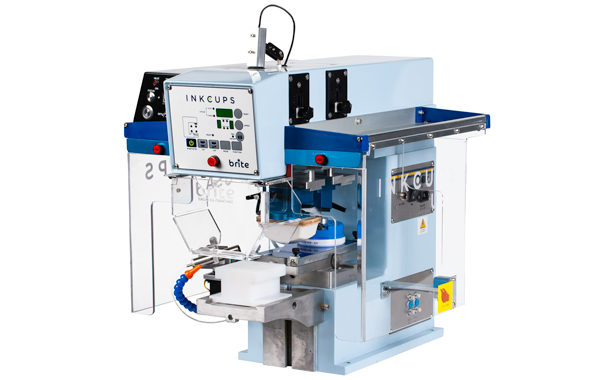 Tagless Printers
Tagless Printers Cylindrical Inkjet Printers
Cylindrical Inkjet Printers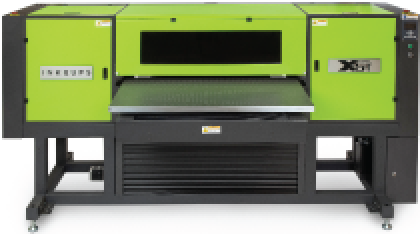 UV Flatbed Printers
UV Flatbed Printers Pad Printing Machines
Pad Printing Machines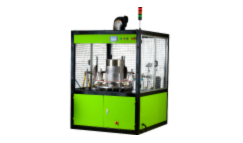 Pretreatment Systems
Pretreatment Systems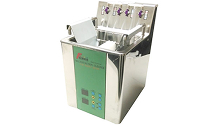 Inkjet Printing Auxiliary
Inkjet Printing Auxiliary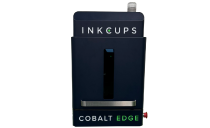 Laser Plate-Makers
Laser Plate-Makers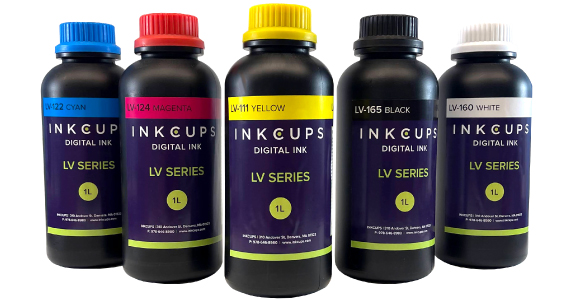 Inkjet Printing Supplies
Inkjet Printing Supplies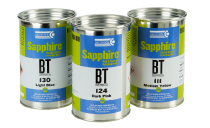 Pad Printing Supplies
Pad Printing Supplies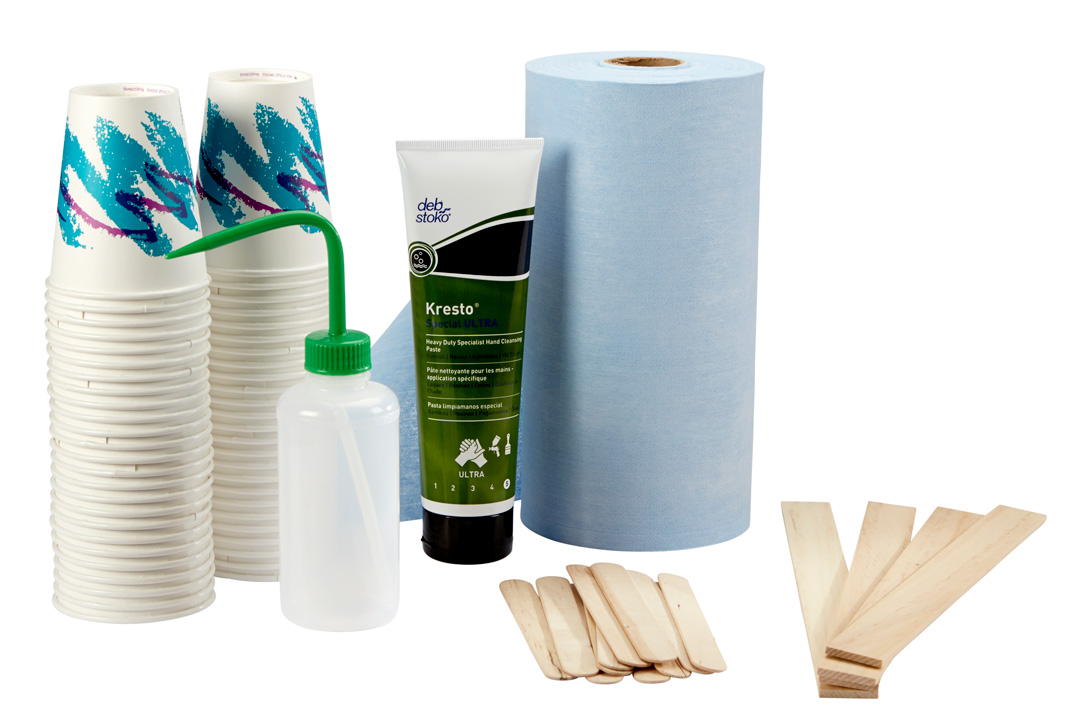 Tagless Supplies (tagless.inkcups.com)
Tagless Supplies (tagless.inkcups.com)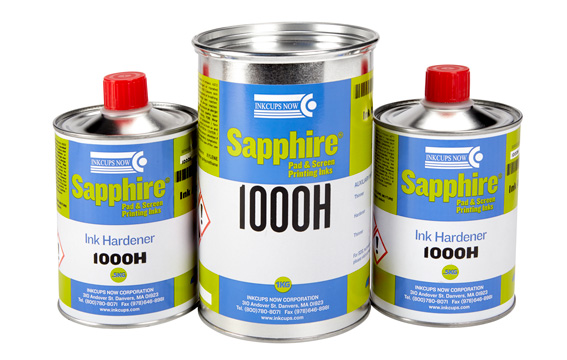
Pleasant Printing Company
Its great tips you have shared.Thank you.
April 13, 2021
Jessica
Hi Jeffrey, From our experience, we haven't come across a universal hardener. Typically, the hardener recommended to use has been thoroughly tested with that specific ink. Of course, we have cases where the same hardener will work with many of our inks but most likely will not be best for other manufacturer's inks. If you are not using the proper hardener, you will run into issues with adhesion and pot life. Hope this helps!
October 5, 2020
Jeffrey
I'm sure it is recommended to use hardener made by the same company that makes the ink, but do you see any disadvantages to using hardener from another company than the ink. Like is there a universal hardener that will work with all inks?
September 26, 2020
Jessica
Hi Hannah, We recommend storing the product tightly closed in a cool, dry place away from heat. If you are using one of our hardeners (i.e. 1000H), we do offer different sizes: 120ml, .5kg and 1kg. If you have a larger size and find that the product is curing quicker than you can use it, we would suggest switching to a smaller size. If you have further questions, feel free to email us: [email protected] Thank you!
August 6, 2020
Hannah
how should hardener be stored? what can we do to keep it from bubbling and looking like it has been frozen?
August 5, 2020